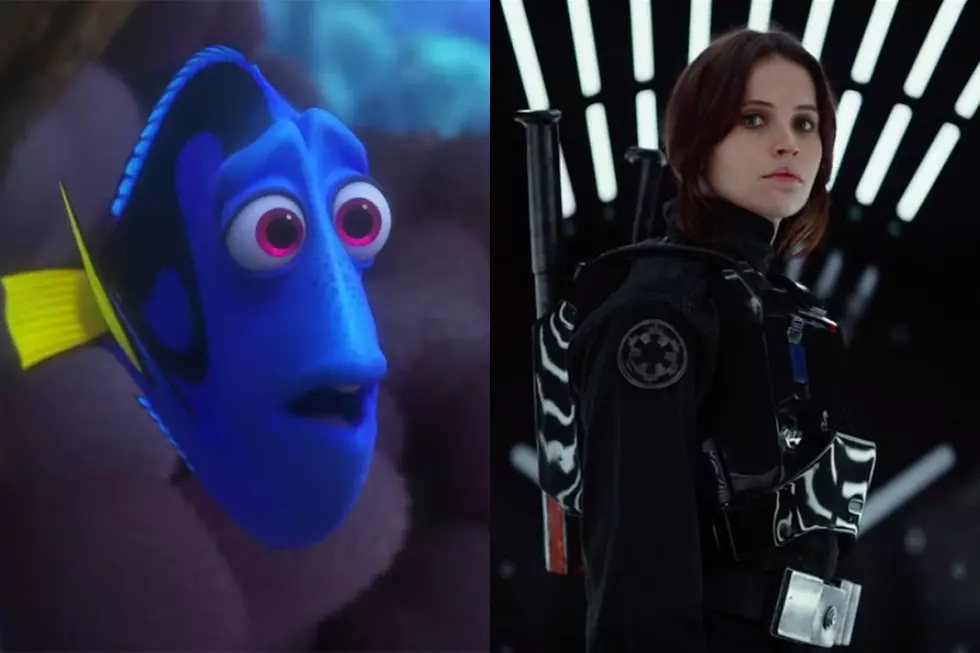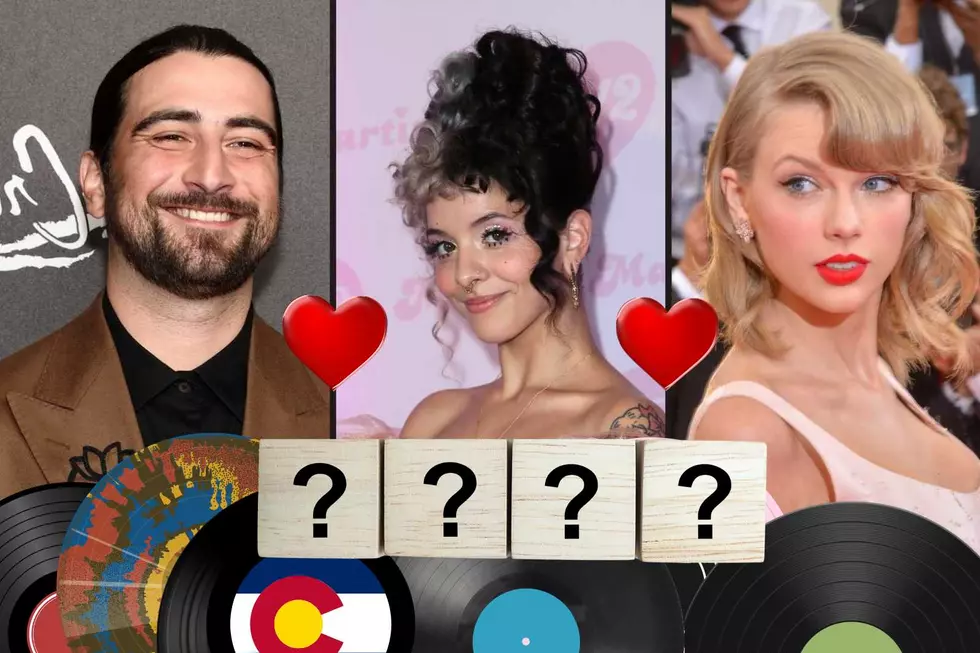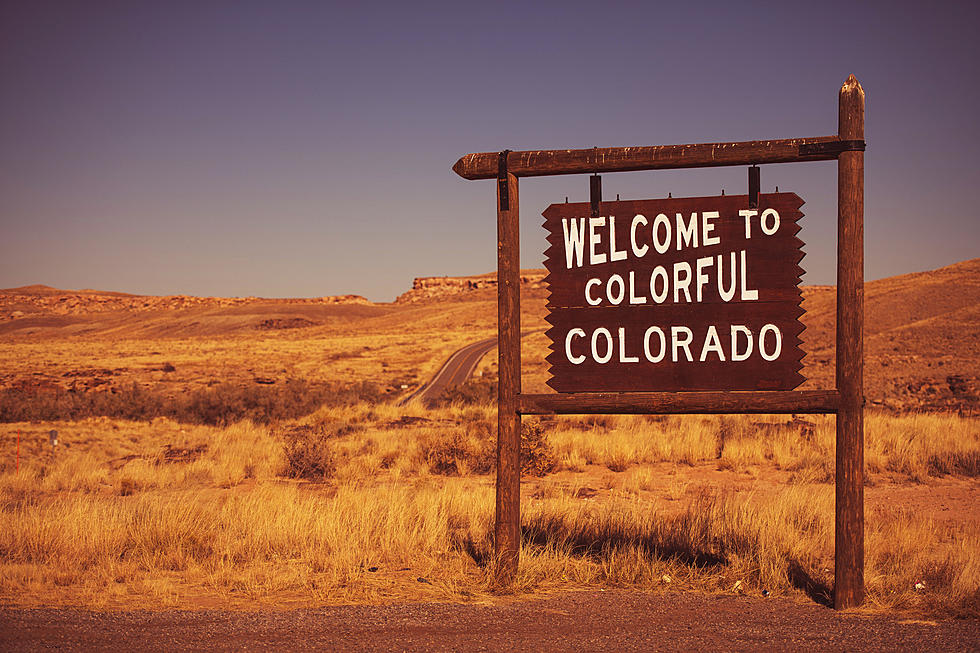
Women Spoke Just 27 Percent of Dialogue in 2016’s Biggest Films: Report
From the #OscarsSoWhite controversy of 2016 to the continued practice of "whitewashing" Asian characters in American movies, conversations on inclusion in Hollywood persist — as well they should, until the range of stories being told onscreen begins to remotely match up with the diversity of people paying $13 to see them. Unfortunately, women (who comprise just over 50% of the U.S. population) remain woefully underrepresented as a whole in mainstream movies, a new study of 2016's biggest films found.
Amber Thomas, a writer and self-described "aspiring data scientist" watched the top 10 highest-grossing films of 2016 and used the dialogue in their scripts to make data visualization maps. She says the data project was inspired by her initial excitement over Felicity Jones' history-making role as Jyn Erso, the first female lead of a Star Wars franchise film in Rogue One. Thomas writes that while Jones is front and center on the poster, she soon realized that "Jyn is the only woman on that poster."
While Jyn was the main character, I was profoundly aware that she was often the only woman in any scene.
It felt strangely familiar to have a lead female character be so outnumbered. Then I realized that Jyn and Princess Leia suffered the same inequality 39 years apart.
The box office hits Thomas examined were Rogue One: A Star Wars Story, Finding Dory, Captain America: Civil War, Zootopia, The Jungle Book, The Secret Life of Pets, Batman V. Superman: Dawn of Justice, Deadpool, Fantastic Beasts and Where to Find Them and Suicide Squad. And when it came to female speaking roles, Rogue One turned out to be the worst of the ten.
Only 9% of Rogue One's speaking characters were female. "Of those 10 characters, one was a computer voice, one appeared on screen for no more than five seconds, and one was a CGI cameo that said one word," Thomas wrote. So empowering and rebellious!
Pixar's Finding Dory was the study's big winner. 53% of the movie's dialogue coming from female characters, except notably, 76% of that dialogue came from Dory herself. Zootopia also boasted an amount of female-attributed dialogue that actually matches the percentage of women in America (just over 50%).
Suicide Squad was a mixed bag in which one of the marketing's focal points — Margot Robbie as Harley Quinn — was deemed better seen and not heard. Viola Davis' character, the Squad's no-nonsense boss, got to speak almost as often as Will Smith's, but not quite.
While Harley Quinn was a highly advertised character in Suicide Squad, she only spoke 42% as many words as Floyd/Deadshot (played by Will Smith). Notably, Amanda Waller (played by Viola Davis) spoke frequently, totaling just 222 words (16%) short of Deadshot’s word count.
The dearth of speaking roles for female characters in major studio movies directly speaks to another Hollywood inclusion problem: A systematic lack of opportunities for women screenwriters over their aspiring male counterparts.
Check out Amber Thomas' full study, which includes an explanation of how she compiled her data and this interactive graphic, over at Medium.
10 Movies We Loved in 2016



